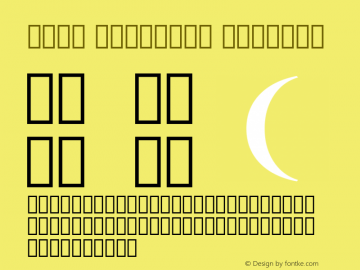
However, not all ITC Zapf Dingbats glyphs are included in the Zapf Essentials collections (e.g.: airplane, letter). Zapf Essentials is an update to the Zapf Dingbats family which consists of 6 symbol-encoded fonts categorized in Arrows One (black arrows), Arrows Two (white arrows, patterned arrows), Communication (pointing fingers, communication devices), Markers (squares, triangles, circles, ticks, hearts, crosses, check marks, leaves), Office (pen, clock, currency, scissors, hand), Ornaments (flowers, stars), for a total of 372 glyphs. The family consists of 1 font (ITC Zapf Dingbats Medium) with 204 glyphs.

The glyphs are mapped to the corresponding Unicode code points. ITC Zapf Dingbats Std is an OpenType version of the font family, based on the PostScript variant of the font. The font can be found in GhostPCL source code, as D050000L.ttf. URW++ donated a version of ZapfDingbats to GhostScript under the non-commercial Aladdin Free Public License. ZapfDingbats, the PostScript version of ITC Zapf Dingbats, is distributed with Acrobat Reader 5 and 5.1. The ITC glyph set is included in Unicode and it is one of the "Basic 14" typefaces guaranteed to be available for PDF files. It incorporates several rightward-facing arrows without counterparts for the other three cardinal directions, on the assumption that it would be used in contexts allowing rotation of text characters. Zapf Dingbats series 100 became widely implemented on PostScript printers, and gained currency as a pi font encoding in the 1980s and early 1990s. When ITC Zapf Dingbats was first announced in U&lc magazine, volume 5-2, the family was divided into the 100 series (ITC-100), 200 series (ITC-200), 300 series (ITC-300).


The font first gained wide distribution when ITC Zapf Dingbats, which consists of the subset chosen by ITC, became one of 35 PostScript fonts built into Apple's LaserWriter Plus. ITC chose from those a subset of 360 symbols, ornaments and typographic elements based on the original designs, which became known as ITC Zapf Dingbats.

In 1977, Zapf created about 1000 (or over 1200 according to Linotype) sketches of signs and symbols.


 0 kommentar(er)
0 kommentar(er)
